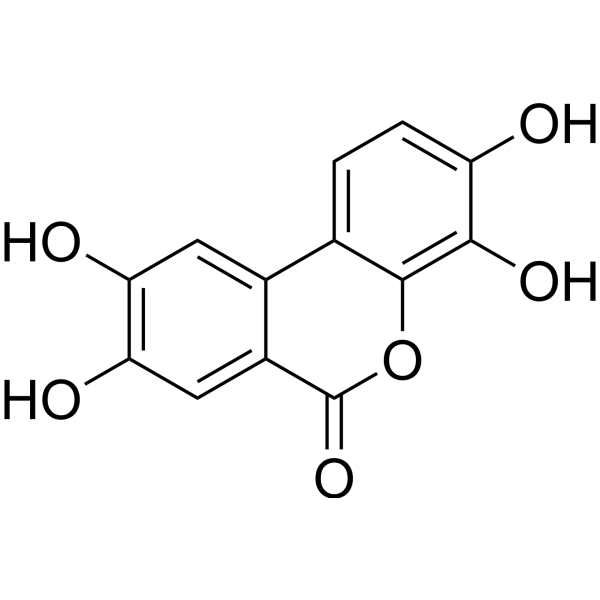Ephrin Receptor
Ephrin receptors (Ephs) are a group of receptors that are activated in response to binding ephrin. Ephs form the largest known subfamily of receptor tyrosine kinases (RTKs). Both Ephs and their corresponding ephrin ligands are membrane-bound proteins that require direct cell-cell interactions for Eph receptor activation. Eph/ephrin signaling has been implicated in the regulation of a host of processes critical to embryonic development including axon guidance, formation of tissue boundaries, cell migration, and segmentation. Additionally, Eph/epherin signaling has recently been identified to play a critical role in the maintenance of several processes during adulthood including long-term potentiation, angiogenesis, and stem cell differentiation and cancer. The ability of Ephs and ephrins to mediate a variety of cell-cell interactions places the Eph/ephrin system in an ideal position to regulate a variety of different biological processes during embryonic development.
Targets for Ephrin Receptor
Products for Ephrin Receptor
- Cat.No. Product Name Information
-
GC35053
123C4
123C4 is a potent, selective and competitive agonist of the receptor tyrosine kinase EPHA4, with a Ki value of 0.65 μM.
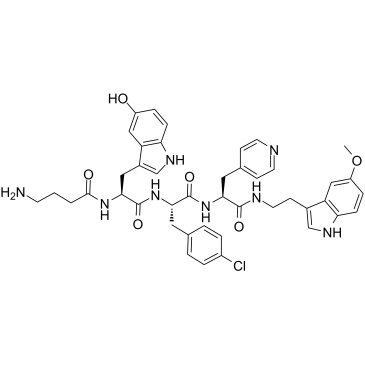
-
GC11134
ALW-II-41-27
A multi-kinase inhibitor
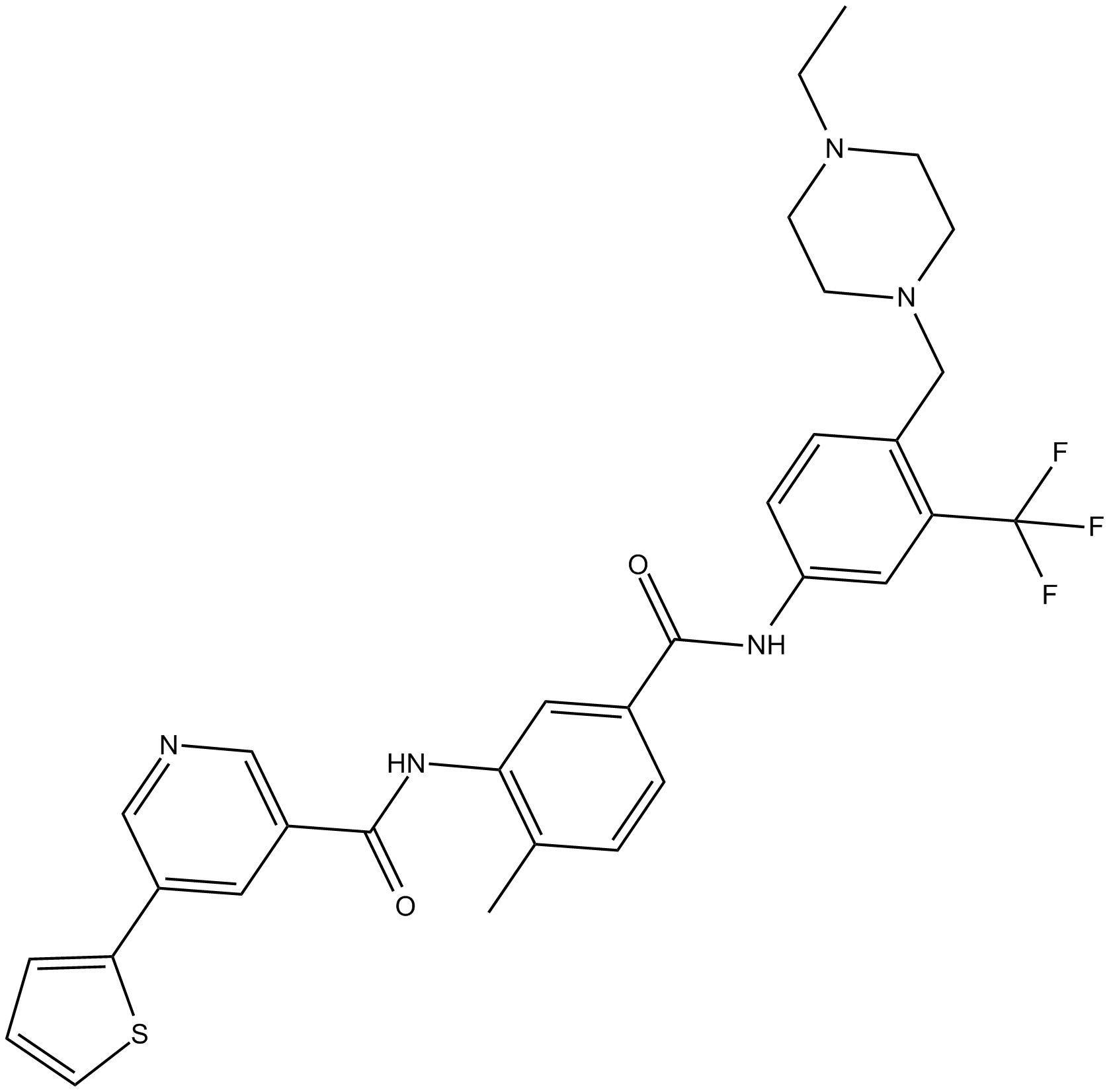
-
GC68647
ALW-II-49-7
ALW-II-49-7 is a selective inhibitor of EphB2 with an intracellular EC50 of 40 nM.
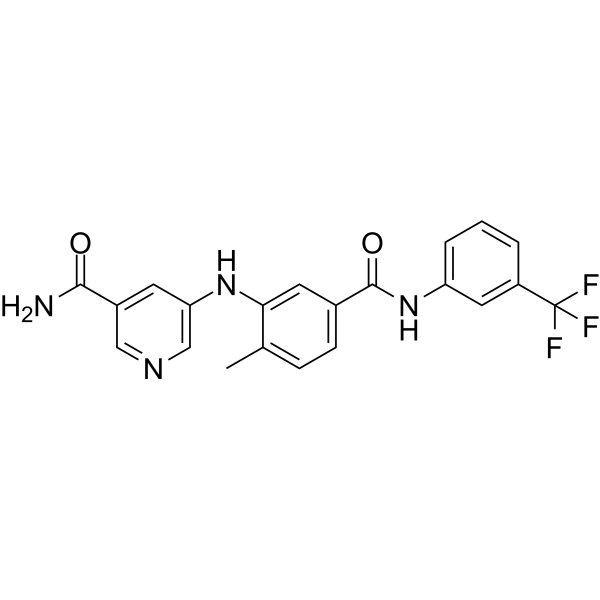
-
GC25367
Ehp-inhibitor-1
Ehp-inhibitor-1 (Ehp inhibitor 2) is an Eph family tyrosine kinase inhibitor that targets Eph receptors.
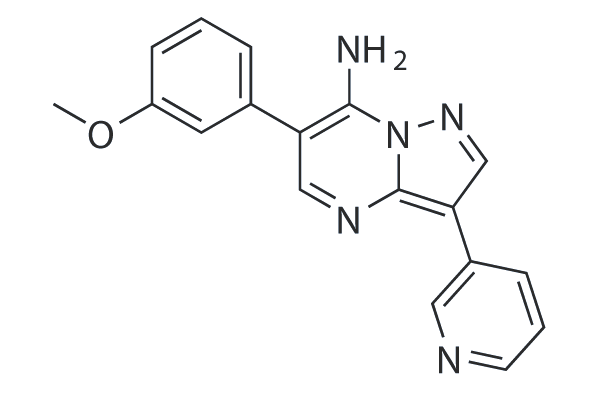
-
GC18168
JI-101
An orally active inhibitor
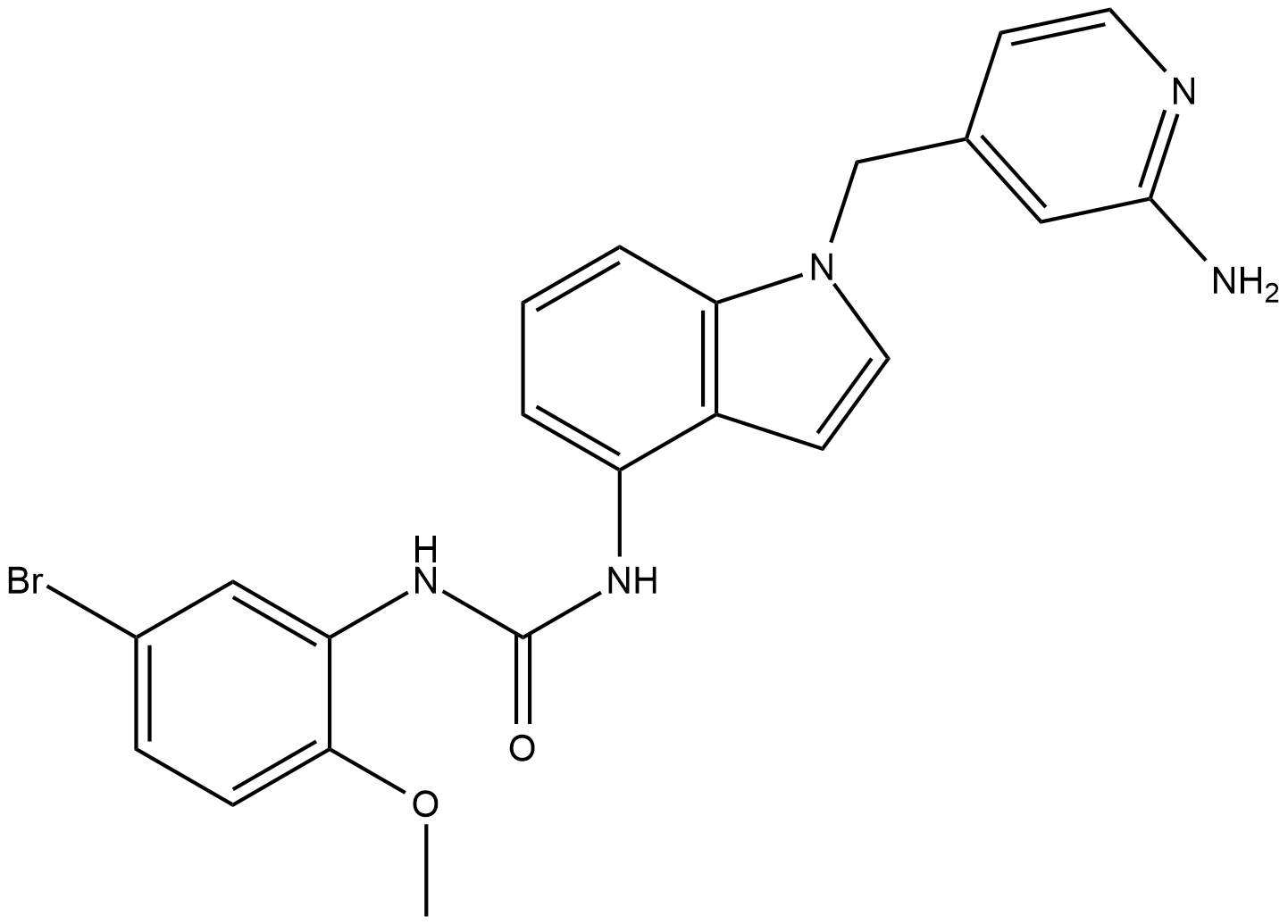
-
GC50137
KYL
KYL, an antagonistic peptide, selectively targets EphA4 receptor.

-
GC14332
NVP-BHG712
EphB4 inhibitor,potent and selective
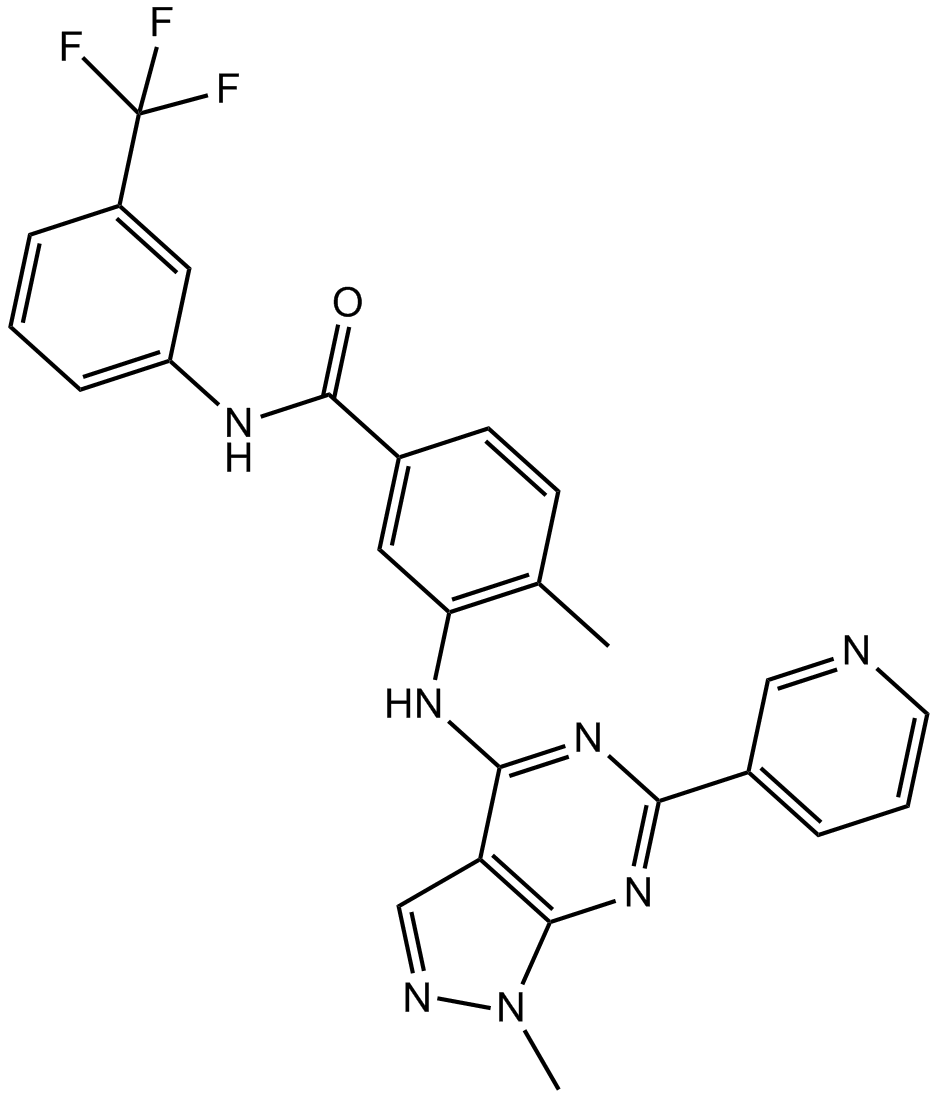
-
GC36782
NVP-BHG712 isomer
NVP-BHG712 isomer, a regioisomer of NVP-BHG712, shows conserved non-bonded binding to EPHA2 and EPHB4.
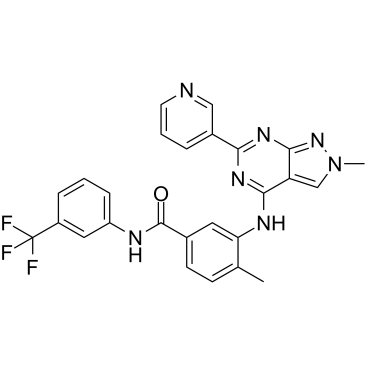
-
GC31752
Tesevatinib (XL-647)
Tesevatinib (XL-647) (XL-647; EXEL-7647; KD-019) is an orally available, multi-target tyrosine kinase inhibitor; inhibits EGFR, ErbB2, KDR, Flt4 and EphB4 kinase with IC50s of 0.3, 16, 1.5, 8.7, and 1.4 nM.
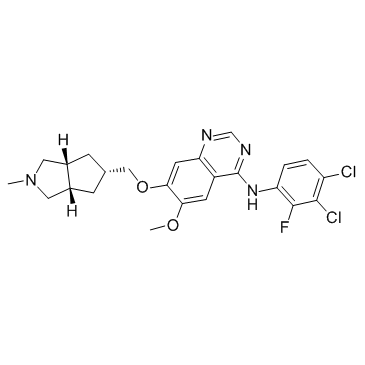
-
GC64856
UniPR129
UniPR129 is a potent Eph/ephrin antagonist. UniPR129 has the potential for the research of cancer disease.
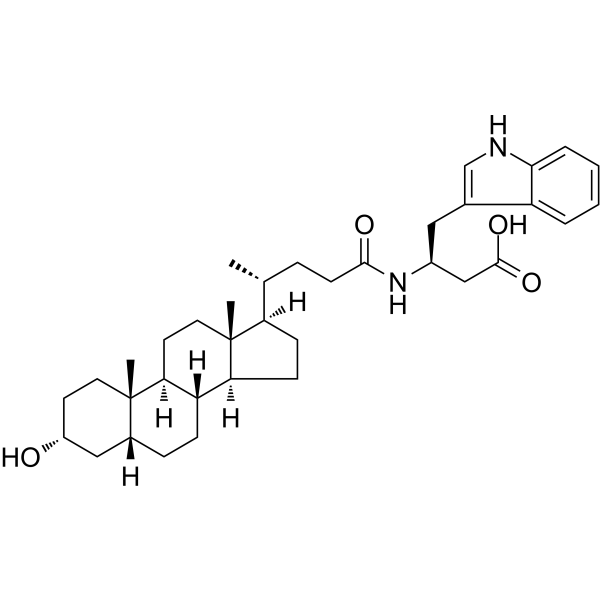
-
GC70097
Urolithin D
Urolithin D is a competitive and reversible antagonist of the EphA receptor. Urolithin D exhibits intra-class selectivity.
